

We held the 7th edition of London’s Calling on the 10th June 2022 at The Brewery in London. As you know, our event is usually in March but we had taken the decision to run slightly later this year to give us the best chance of running the in-person event we know you love.
As ticket sales closed we hit record sales again. This year also included the option to Pay it Forward… did you ever wish you could attend an event like London’s Calling but couldn’t justify the cost or have your employer cover the bill? This is still the case for many and it means they miss out on a day of opportunity and future career potential.
This year we have partnered with RefugeeForce and we set up a Pay it Forward scheme that offered some of their lucky members pre-paid tickets to the conference. More information on how Pay it Forward works can be found in this post.
Salesforce Functions let you write logic in different languages that runs elastically, using the right resources at the right time. They’re easy to invoke and can interact with Salesforce data seamlessly. Join me to know how we’ve implemented them and the world of possibilities that they open.
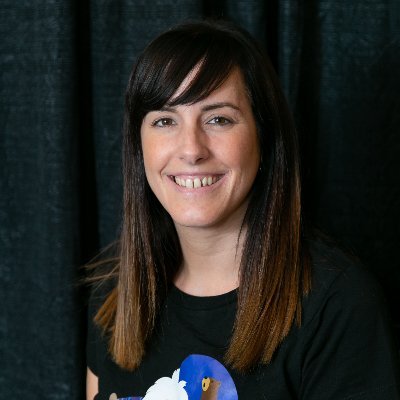 Alba Rivas
Alba Rivas
During this live demo you will learn how to use: Custom Summary Formulas, Row-Level Formulas, Unique Values, Cross Filters, Power of 1, Joined Reports, Buckets, and Custom Report Types. These tips will help you easily identify and present data, enable your marketing team to see Lead conversion rates and show sales reps revenue toward goal. The presentation will help you take your reporting game to the next level.
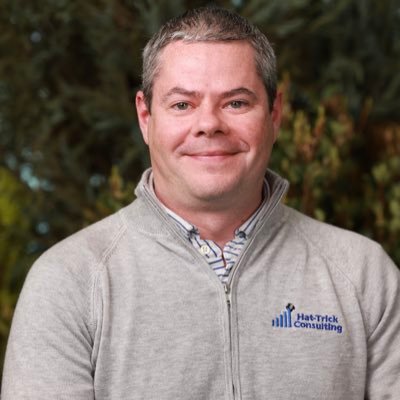 Aaron Crear
Aaron Crear
Get a glimpse of TypeScript and learn how it can help you build more robust Lightning Web Components that run into fewer runtime errors, whether you deploy on the Salesforce Platform or on Lightning Web Runtime.
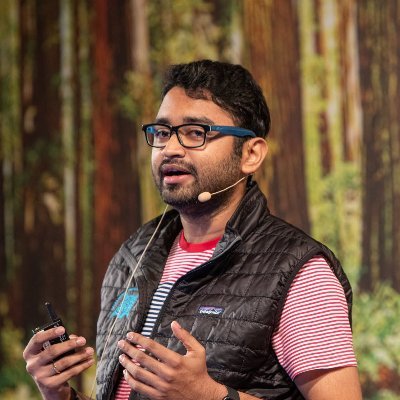 Aditya Naag Topalli
Aditya Naag Topalli
As Salesforce has grown in capabilities, it is more important than ever to understand how to best fit Salesforce functionality into the business and technical architecture of the entire enterprise. Learn the methodology that we use at Salesforce as Enterprise Architects to assess business and technical architecture to build a Salesforce roadmap. This methodology can be used with any size or type of organisation.
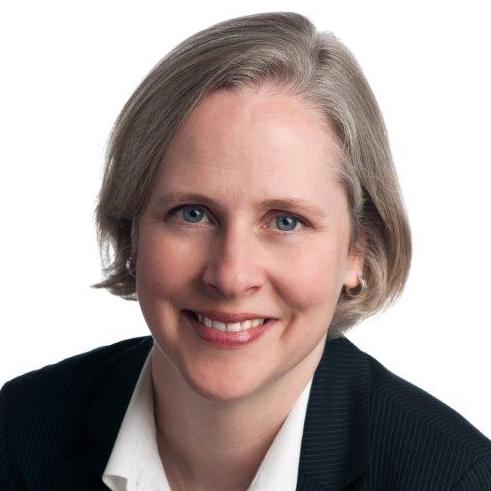 Allison Park
Allison Park
Salesforce recently launched their newest official career pathway, Salesforce Designer: elevating the role design plays across the ecosystem. Hear from PwC Salesforce Designers Angela Conway and Katka Vokrinkova as they share what being a Salesforce Designer looks like ‘in the wild’: the interplay between two Designer roles – UX Designer and Design Strategist, their role across project lifecycles, and their collaboration with other ecosystem roles to build out user-centric experiences.
 Katka Vokrinkova
Katka Vokrinkova
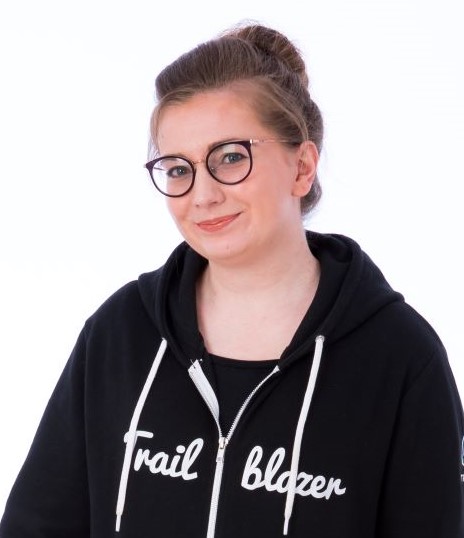 Angela Conway
Angela Conway
So you have setup your CI/CD environment, but what happens next? How do you orchestrate a feature sprint / release process? How do you ensure to make it more inclusive so that the non-coding folks also feel at ease?
In this talk, I am going to demonstrate a custom workflow that I have implemented where devs, admins, analysts and everyone else participates together in regular sprints to release great features. The idea is to inspire you to create something similar for yourself or your team.
 Ankit Taneja
Ankit Taneja
In this session I’ll talk about the B2B and B2C solution architect programme and share the why, what, and how of becoming a Certified Solution Architect.
 Anup Jadhav
Anup Jadhav
Do you want to supercharge your Screen Flows and take them to the next level? Developers, help your Admin colleagues to get maximum power by creating easy to navigate screen components.
In this session I will show you how to weave reusable components in Screen Flows, how to get notified on attribute changes and how to navigate screen flows using code.
With this knowledge, you two will be able to combine the power of Flow and LWC to create a powerful and flexible toolkit.
 Ashwin Kumar Srinivasan
Ashwin Kumar Srinivasan
In this session we’ll take a look at how to set up you Flow environment to avoid needing a time machine to undo your mistakes in the future!
With the announcement that Workflow Rules and Process Builder are to be retired everyone’s talking about how to move all your declarative automation to Flow.
However, before you speed off at 88mph there’s some things you ought to consider to make sure the Flows you build work for you now and forever more!
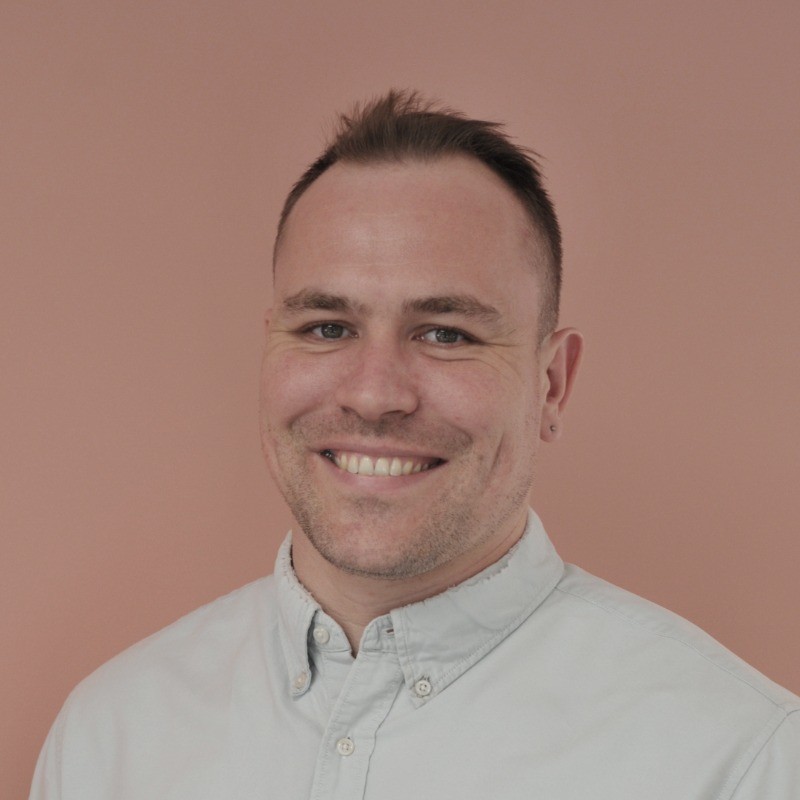 Angus Brown
Angus Brown
 Barrie Robertson
Barrie Robertson
Code does not live in a vacuum. Often we come across hard to understand code that feels risky to change. Sometimes it is our own old code that we have trouble understanding and are afraid to modify it.
This talk will take you through basic principles of good software architecture. It will provide clear takeaways through code samples and set you on a path to architecting future proof code.
 Bhavana Singh
Bhavana Singh
CRM Analytics (formerly Tableau CRM and Einstein Analytics) has a reputation for being code-heavy. In the past, this has prevented some people from investigating a tool that could be pivotal to their business. But it doesn’t have to be that way. Join me as we say goodbye to drab dashboards and spreadsheets and unleash the power of Tableau CRM building powerful dashboards you never thought possible with clicks, not code.
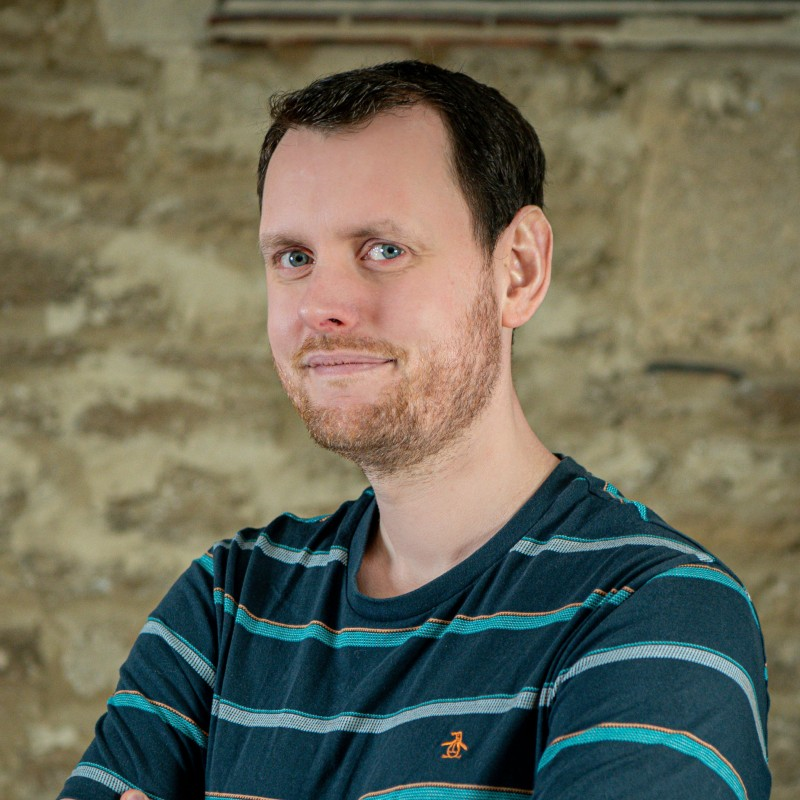 Chris Taylor
Chris Taylor
Salesforce as a platform continues to evolve and enhance its capabilities. It is made up of a few clouds and the lines between them continue to blur. Marketing Cloud has traditionally been the furthest removed from its sibling “core” clouds. However, this is changing. Two of the bigger initiatives that are driving Marketing Cloud closer and closer to the other clouds are CDP and Interaction Studio. Both these tools will have large impacts on our CRM data and admins should get acquainted.
 Chris Zullo
Chris Zullo
Salesforce Dynamic Forms has been in general release for a while and it’s still a hot topic. While Salesforce is continually working on enhancing this feature, Admins everywhere are learning how best to use it, which has led to a lot of questions. In this session I’ll do a live demo of how to set up Dynamic Forms, as well as answer the frequently asked questions about it to help you make the most out of this amazing tool.
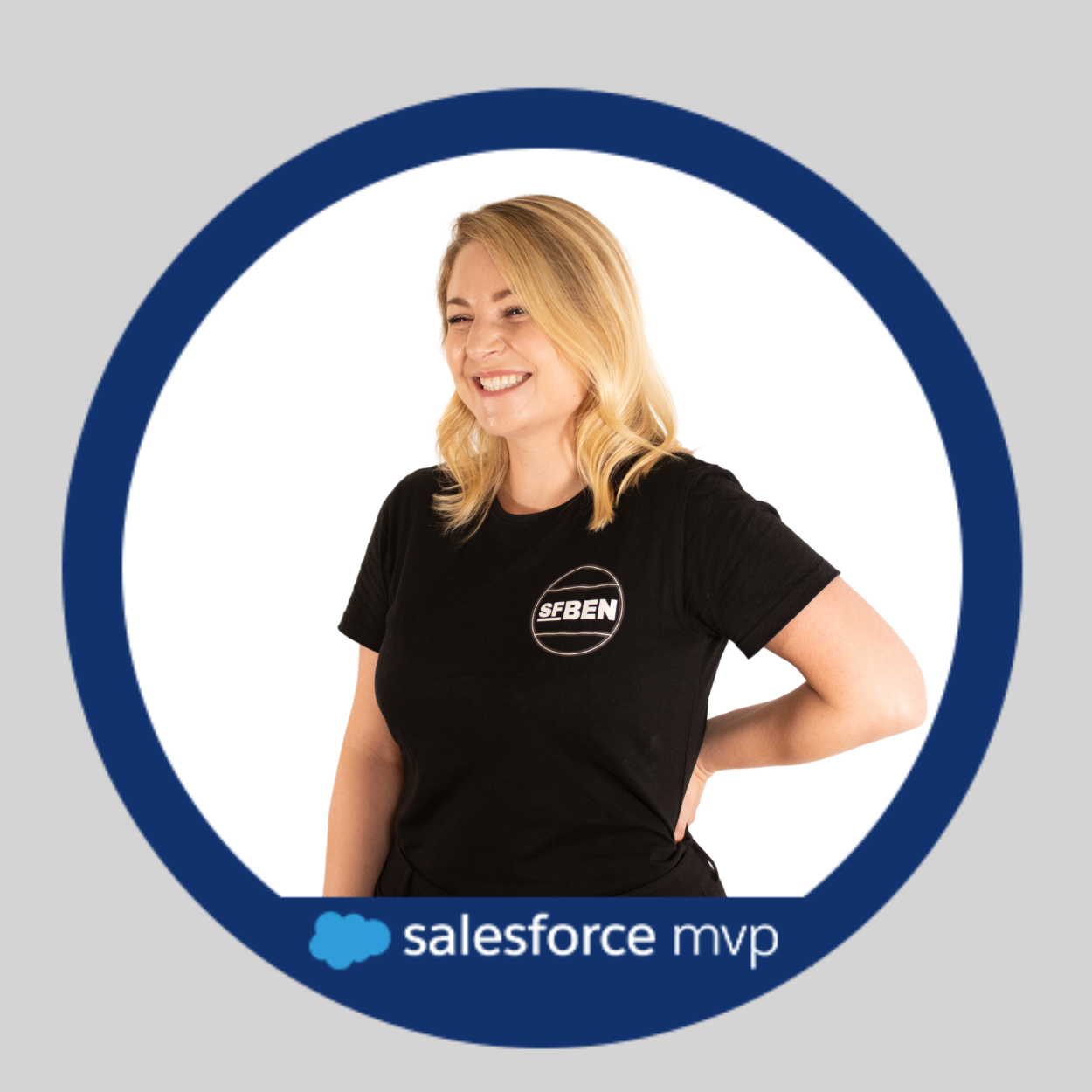 Christine Marshall
Christine Marshall
Net Zero Cloud is a new Salesforce product that aims to solve new and increasingly pressing business issues. In this presentation, I will talk about my journey with Net Zero Cloud to show you how anyone can develop on Salesforce products to tackle novel business problems. You will leave this presentation much clearer on what Net Zero Cloud is, where it fits in an organisation and how Net Zero Cloud can be used with field service, ERP and Experience Cloud to help an organisation achieve Net Zero.
 Daniel James
Daniel James
With the hyper growth in digitisation enterprises have to find a way to be fast, flexible and cost efficient. Composable Enterprises are exactly that, using reusable businesses and architectural building blocks Enterprises can compose new offerings without building from scratch.
I will talk about what is a Composable Enterprise and how to think about composability with Salesforce and MuleSoft offerings.
 Emely Patra
Emely Patra
Using programmatic problem-solving patterns, we can fine-tune record-triggered flows for optimal performance and organize the logic to maintain sanity during solution design and debugging endeavors. We’ll explore frameworks for before-save flows (optimized for fast field updates) and after-save flows (orchestrating actions and related record automation). These tips will ensure you can continue to #AutomateAllTheThings without negatively impacting the performance of your org.
 Evan Ponter
Evan Ponter
Did you know that several parts of the tools you’re using on the Salesforce Platform are open source? That you can create a LWR Community using Lightning Base Components and Lightning Design System and host it wherever you want? That you can benefit from new features being part of LWC but not yet available on the Platform like Light-DOM or dynamic components creation? And that some of your existing components can be reused quite easily? If not, come and see how powerful LWC OSS is!
 Fabien Taillon
Fabien Taillon
We all know that moment when you are running a Salesforce project for a couple of months (or even years), and we need to do a configuration review. Which field is not used anywhere, which permission set is assigned to which user, do we have duplicates in our custom labels… Tricky right? What if you had the opportunity to retrieve all these info with just a query. That’s what you will learn to do with the Tooling API. And be sure, Admins will use it even more than developers.
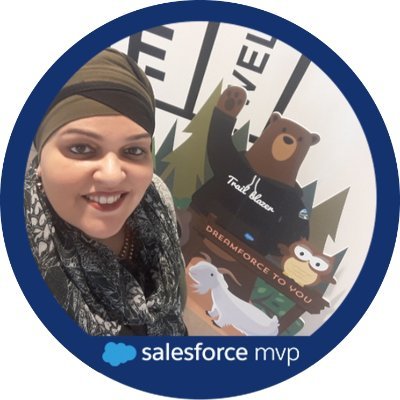 Doria Hamelryk
Doria Hamelryk
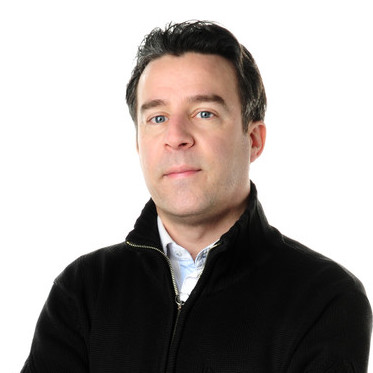 Fabrice Challier
Fabrice Challier
As announced at Dreamforce – Process Builder and Workflow Rules are being retired and the focus is moving forward to the ever-expanding power and feature-set of Flow.
In the presentation we will show the power of Salesforce Flows, discuss different approaches for the migration and present tips and tools for planning, managing and testing the newly create flows in an easy and reliable way.
 Avi Rosenfeld
Avi Rosenfeld
Are you interested in learning ways to improve your Lightning Web Components (LWC)? Join me in this session where I’ll show you simple examples of using some ES6+ features in your LWC. These features will make for a more readable, modern and efficient code. You’ll leave this session with some tricks up your sleeve ready to use in your next (or current) LWC assignment.
 Edith Valencia Martinez
Edith Valencia Martinez
Stop fishing for Salesforce talent in the same pond as everyone else. Key strategies and tactics for finding and attracting new, diverse talent from untapped sources. Grow you business, enhance diversity, find new talent.
 Gaspar Rodriquez
Gaspar Rodriquez
A Salesforce Consultant lays the foundation of the project with curious mind and is always in the spotlight. In between understanding the requirements, they juggle between meetings with business, development team, architecture and what not.
This presentation will target the audience who wants to work as a consultant and others who wants to understand what they do. What are the daily activities they are involved in and the steps they should take to follow this path.
 Himanshu Bansal
Himanshu Bansal
Our brains are wired for visuals. Since we are born seeing comes before words. From prehistoric cave paintings to the map of the London underground, images, diagrams and charts have long been at the heart of human storytelling. And story-telling, story-creation, story-translation… is much what we do as Salesforce professionals. How much do you use visuals at work? Let’s deep dive into the concept, how to go about it and tools you can start using today to superpower your conversations.
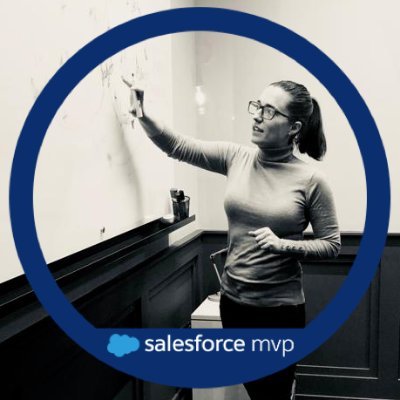 Ines Garcia
Ines Garcia
In the current environment where Marketing Operations is rapidly rising in prominence, many companies struggle to build a solid team to resource this mission-critical function due to the lack of a MOps tradition and best practices. This session will explore the science behind effective teams, and present real-life practices that we can implement to build a psychologically secure, diverse and high-performing team environment for Marketing Operations.
 Jaime López
Jaime López
We will introduce Salesforce Interaction Studio, where it fits in terms of use cases and overall within the Marketing Cloud offering. Moreover, we will share experiences from an implementation project, where we were both involved. If time permits, we may as well get to show some of the things to watch out for in an Interaction Studio demo environment.
 Jan Špacír
Jan Špacír
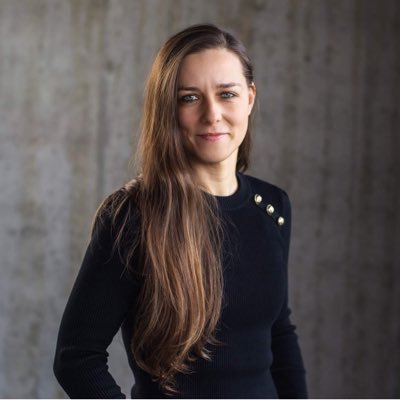 Kristyna Turner
Kristyna Turner
Having deployed CDP on a recent project, and getting certified, I will summarise the best practices for implementing CDP. You can avoid costly time consuming mistakes by following these ‘lessons learned’.
 Jimson Lee
Jimson Lee
Second generation packaging solves development and distribution challenges in multiple scenarios – ISV, SI Consulting, End Users and Open Source. In this session I’ll cover the various types of second generation packages that are available, who they are suitable for and why they are an improvement over unmanaged/first generation packaging.
 Keir Bowden
Keir Bowden
Governments around the world continue to evolve their Data Laws and Privacy regulations; these govern where data can be stored, and where it can be processed. This session exams patterns and best practices for building flexibility in your Data Architecture so local compliance regulations can be met. Each pattern is explored for its impact on User Experience, integration architecture and reporting. The session also explores implementation approaches and lessons learned.
 Kevin White
Kevin White
Development frameworks are cornerstones of a healthy, scalable org, and choices around how they’re used can help or harass colleagues for years to come!
We’ll discuss important framework types for a pro code or blended strategy – triggers, logging, test data and more, highlighting when and why to use these, features to look for and great open source projects.
Whether seasoned dev or config-champ, you’ll leave with a broader view of how to select frameworks for a new or refactored org.
 Rob Baillie
Rob Baillie
Data in Marketing Cloud has some much more potential then some may know and it starts with ‘The Contact’. In this session we will go over the many possibilities of how using Contact Builder to it’s fullest, can get us making the most out of Marketing Cloud.
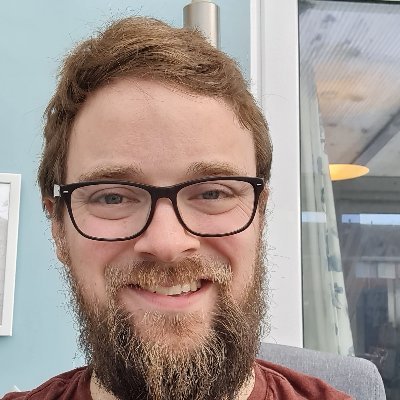 Sam Walley
Sam Walley
Communicating clearly with stakeholders is a fundamental skill that Salesforce architects must master in order to succeed. In this presentation I will show how to use diagrams to increase engagement and clarity. We will look at how to extract requirements, as well as examples of diagrams that can be used to meet different objectives. I will also share information on reference diagrams available from Salesforce, tools, templates and shape libraries that I use to create stunning diagrams!
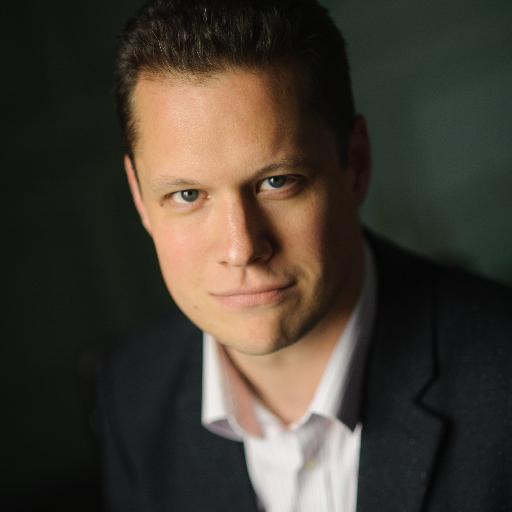 Matthew Morris
Matthew Morris
It’s tempting to think that the Salesforce apps we design relate only to our users, and any consequences of our design are limited to the effect we’ve designed. Considering the broader consequences can be done during the design process with a simple tool called a consequence scan, an important part of the agile development process. You’ll walk away from this session with the resources to conduct your own Consequence Scanning workshop and look at app designing in a new and helpful way!
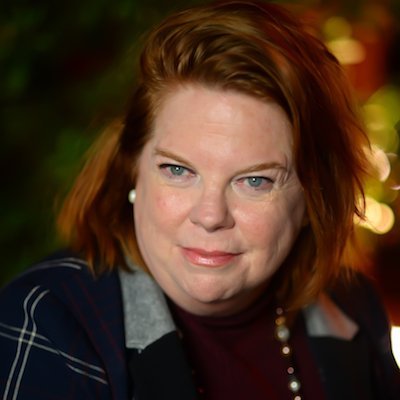 Melissa Hill Dees
Melissa Hill Dees
Architects very often get lost in technical design and easily forget about the user experience. This session is designed to help bridge the gap between technical solutions and user experience. We will go through a scenario to define the technical solution and explain it from the user’s perspective. We will focus on the process from beginning to end based on the requirements given. People will walk away knowing how to solution a requirement for user experience supported by technical details.
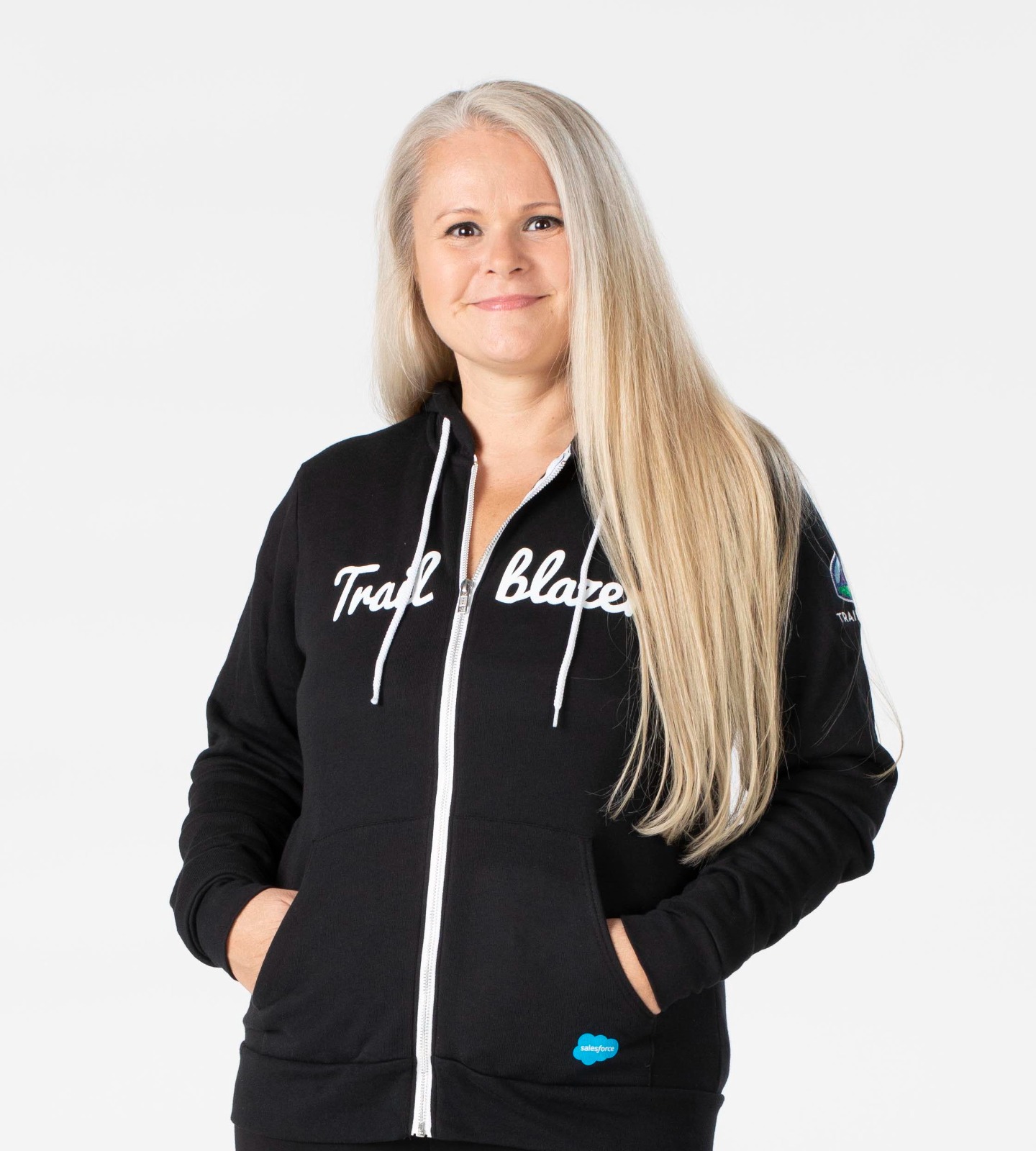 Melissa Shepard
Melissa Shepard
 Pallavi Agarwal
Pallavi Agarwal
Leading a project, whatever the size, is always a challenge. Do it right and you bring success. Do it wrong, and things spiral into a very unhappy place to be.
I will share with you the checklist I use to make sure that expectations are set correctly, and we can all be successful.
I will walk you through what I look for in the statement of work, the skills of the team and how agreeing a definition of READY, and DONE that is appropriate for the individual project can save you a lot of headaches.
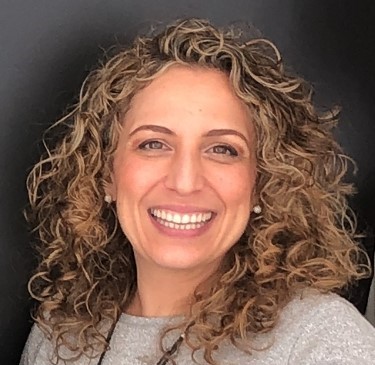 Maya Weintraub Kaye
Maya Weintraub Kaye
You may have used Change Sets to deploy changes from sandbox to production. Maybe you built an unmanaged package to deploy changes across orgs? But did you know you can also deploy changes using SFDX and the metadata API? Not only that, but it’s quick, simple, interesting and, dare I say it, fun! I’ll show you how it’s done, explore use cases and, of course, give you some tips. We’ll also uncover one or two idiosyncrasies, which I may not be able to explain, but I’ll show you how to get around.
 Sean Dukes
Sean Dukes
So you’ve got your certifications, built up your Trailblazer profile and are ready to get your #dreamjob, but how do you get through the pesky interview and show off your skills? What if you are looking to move roles and want to push for a different path or new experience? In this session you will learn some tips and secrets for nailing interviews and more generally planning and growing your career from someone who has interviewed admins, developers, consultants and architects across the globe.
 Paul Battisson
Paul Battisson
A solution for offloading your Salesforce image storage to Amazon Web Services (AWS) and making efficient use of those images in Salesforce by resizing and rendering those images on demand. We’ll discuss an example use case from Salesforce Field Service, but there are many other scenarios that can take advantage of these techniques.
 Rob Cowell
Rob Cowell
The new Pub/Sub API will make it easier and faster to create event-driven integrations. I will talk about how the Pub/Sub API is different from the Streaming API and will do a demo.
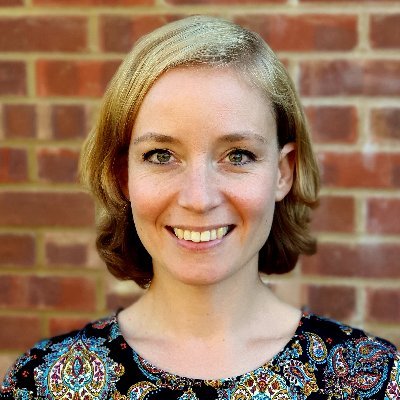 Michelle Baeten
Michelle Baeten
The Dependency API, with its ability so slice and dice through metadata dependencies, has the potential to become one of the most powerful APIs for DevOps products. Learn about its origin, its evolution through the popular open-source and free application HappySoup.io and its imminent fall as Salesforce has made an unexpected announcement…
 Pablo Gonzalez
Pablo Gonzalez
If you have taken the plunge into the Salesforce ecosystem you know how important it is to have a mentor to boost your career. If you are seasoned Salesforce professional mentoring is a way to give back and look at things from a different perspective.
Whether you are a mentor or a mentee how can you get the most from mentorship? Is mentorship really so valuable? If you are new to mentorship where do you start?
 Nathaniel Sombu
Nathaniel Sombu
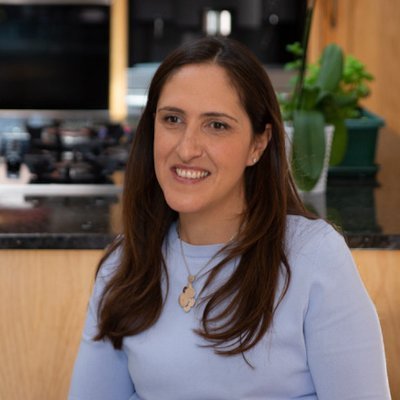 Silvia Denaro
Silvia Denaro
In this session we’ll go through how you can build Slack apps for Salesforce right now. We’ll cover the architecture, implementation (inc demos), and things to consider when get you started on your Slack-app-building-journey. As well as the apex, we’ll cover the middleware needed, and the use of Slack’s Bolt SDK.
As well as showing how you can build apps today, we’ll also demo and dive into Foyer – Salesforce’s Slack SDK – and what it’ll bring to the table once it’s generally available.
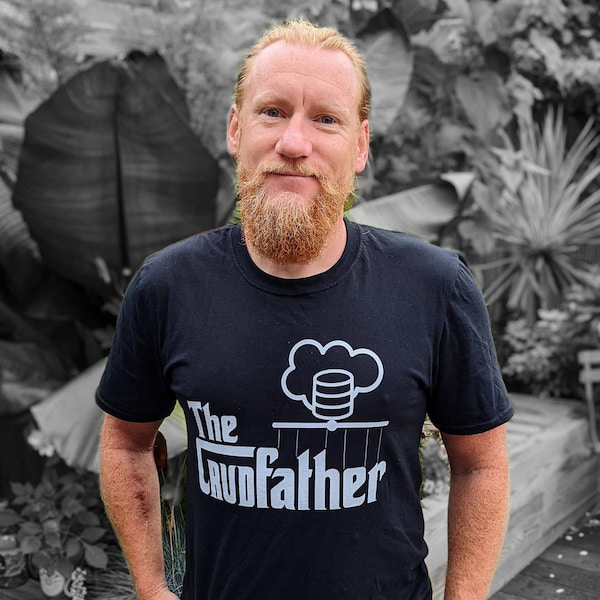 Todd Halfpenny
Todd Halfpenny
Every role in the Salesforce ecosystem comes with it’s own joys and challenges. Being equipped to deal with these can help individuals stay mentally healthy and support their peers. Safiyyah will draw from her own experiences as a Salesforce Consultant and Mental Health First Aider to share tools and resources, alongside feedback from a survey of other consultants’ own experiences. This talk is also recommended to managers who are looking to build supportive work environments for their teams.
Ahead of the event please complete the Salesforce Consultant Mental Wellbeing Survey, you can read about it on this SalesforceBen post.
 Safiyyah Gareeboo
Safiyyah Gareeboo
Ever feel like there must be a quicker way of doing things? Tired of constantly logging in and out of one Salesforce org? Clicks not code is great but that’s a lot of clicks!
Join Lee, a Salesforce consultant and productivity enthusiast, as he demonstrates a range of tools and techniques that help you achieve more in Salesforce. The talk includes tried and tested Chrome Extensions, best practices and practical tips that let you navigate Salesforce like lightning and makes admin more manageable.
 Lee Palmer
Lee Palmer
Salesforce has gone all in on Flow for process automation. Are you ready to go with the flow? This session aims to help you on your Flow journey with best practices for error handling and testing. We will discuss ways to avoid errors, handle them without displaying cryptic messages to your users, and give you the information you need to troubleshoot your processes. Flow builder is a powerful declarative tool that can accomplish a lot – but errors happen – don’t worry, we can handle them!
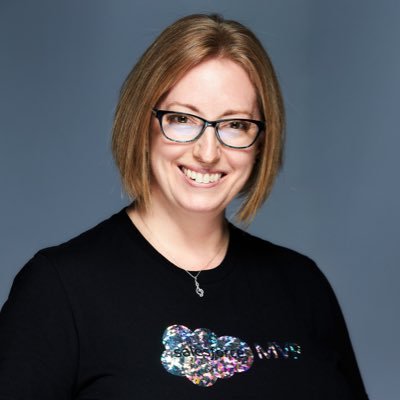 Sandi Zellner
Sandi Zellner
 Drew Tauber
Drew Tauber
ROI is what we rely on to view success from marketing initiatives and strategically plan for the future. Accurately attribute revenue generated by campaign to see the most effective channels your customers take to arrive at a purchase. Join this session to learn how Salesforce and Pardot can be configured to provide you with this.
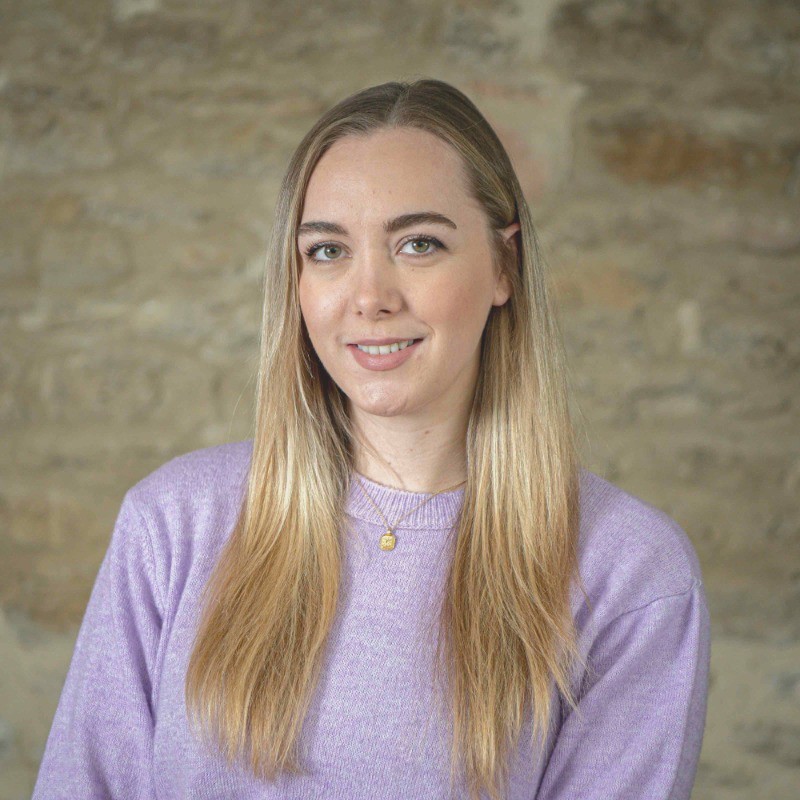 Zoe Fisher
Zoe Fisher
Everybody has to deliver demos – whether it is your job to sell products/projects to a client or show off the beautiful solutions you create. Delivering an impactful demo is a soft skill that does not come easily, but can be learned!
Today, we’ll go over 5 simple steps to improve your demos to wow your clients and your team!
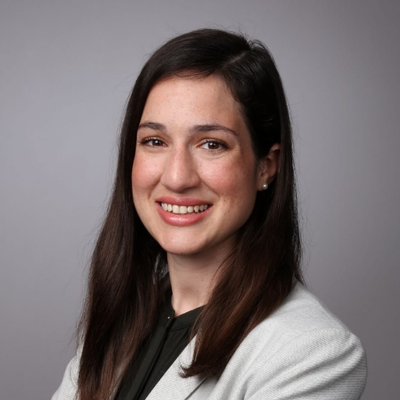 Vicki Moritz-Henry
Vicki Moritz-Henry
Learn about the pros and cons into splitting your Pardot account into multiple business units.
I’ll cover the pitfalls and most importantly, the gotchas I have come across while implementing business units.
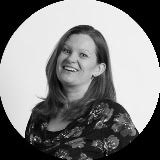 Tracy Keeling
Tracy Keeling
Pardot’s recent releases have focused on cementing its claim as an enterprise Marketing Automation solution with features such as Business Units, Embedded Dashboards and Pardot Einstein. But, when your teams are based across the globe, how can you really build a successful multi-regional marketing strategy? Join this session to learn how to structure your Pardot org and teams, manage data effectively and use the full suite of tools to achieve a truly global marketing automation strategy.
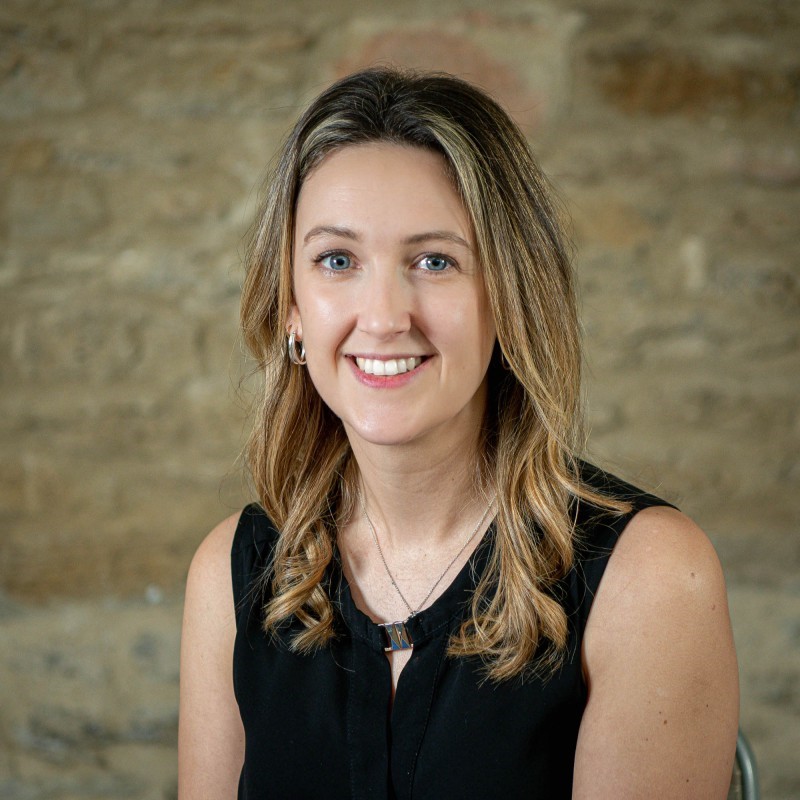 Sarah Kelleher
Sarah Kelleher
Data is one of the key architectural domains that architects need to master. Since data is at the heart of today’s modern systems, designing a good data architecture in Salesforce can often be the difference between a great success story or an epic failure. Join this technical session to learn the design principles for enterprise data architecture in Salesforce, and some key differences between Salesforce and other platforms that are critical to understand when designing your data architecture.
 Pratyush Kumar
Pratyush Kumar
To thrive in the Salesforce ecosystem as an Admin, you need to ensure you have the relevant skills to succeed. But what exactly are those skills? In this session, we will answer that question. Come and listen as you hear about the Skills for Success. These Skills for Success are the 14 key skills you need as an Admin to succeed and thrive in your career. In this session, you will be introduced to each of these skills, and will learn how to implement them into your professional development.
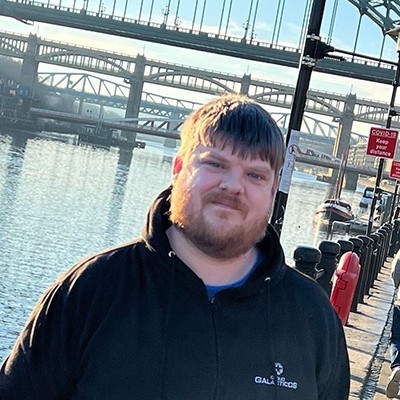 Mark Jones
Mark Jones
While Salesforce’s CTA certification pyramid provides a clear guide on the knowledge needed during the Review Board, it paints only part of the picture. When starting the ‘last leg’ of this journey, people notice the required knowledge is vastly more extensive than the contents of the prerequisite exams. This talk aims to fill up those gaps with additional certs breaking this down into more structured and manageable pieces and providing guidance on how to efficiently leverage these preparations.
 Lilith Van Biesen
Lilith Van Biesen
Imposter Syndrome can be a very disempowering experience, and is also very common. In this session you will learn how to empower yourself and defuse Imposter Syndrome by culturing a Growth Mindset.
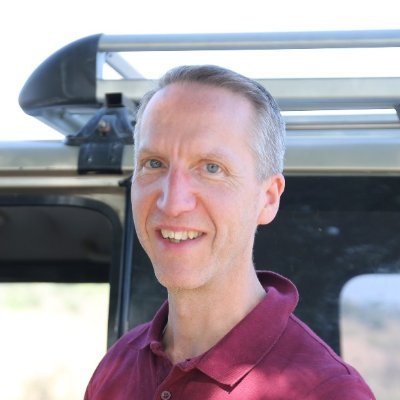 Leon Crisp
Leon Crisp
Join Charlie Isaacs, CTO for Customer Connection at Salesforce, and during this presentation you will get an update on what Salesforce is doing in the Metaverse, including the latest integrations to Metaverse Platforms and NFT Minting.
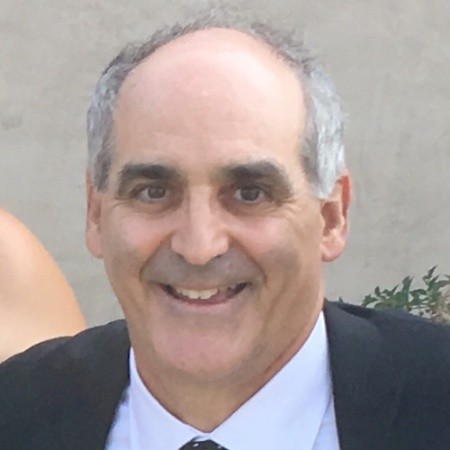 Charlie Isaacs
Charlie Isaacs
A panel discussion with Salesforce and members of the Salesforce ecosystem as we discuss the future of Salesforce careers, the current demand for talent and how you can get ahead.
 Francis Pindar
Francis Pindar
 Stuart Mills
Stuart Mills
 Vicki Moritz-Henry
Vicki Moritz-Henry